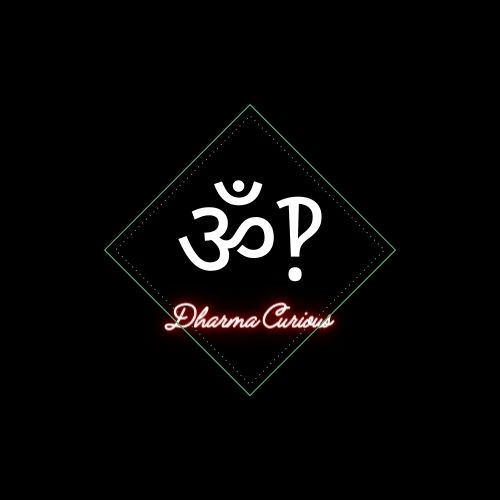Explanation for mathematical illiterates?
A very wrong proof once showed that the sum of all positive integers (1 + 2 + 3 + 4…) was -1/12. In reality, the infinite sum has no solution, so this proof became something of a meme.
Technically technically, in some number fields (not the natural numbers) it is correct, but since it doesn’t apply to all number systems it’s incorrect to say it’s the answer without also specifying you’re using a nonstandard number system.
As someone else said, it’s used in quantum physics where a lot of fancy math is used in complex number fields.
Ramanujan was a God tier memester
Thank you!
https://en.wikipedia.org/wiki/1_%2B_2_%2B_3_%2B_4_%2B_⋯
TL;DR: in some interpretations, 1 + 2 + 3 + … equals to -1/12. This interpretation has actually found some uses in physics. In general, this is not widely accepted as it depends on a specialized meaning of the equals sign. It shouldn’t be used unless you really know what you’re doing.
I read that and am now more confused. Thanks!
One of those cases where “first you learn the rules. Then you can learn how to break them.”
Fr I didn’t know what I was doing and tried it … broke both of my legs and gave me a concussion.
Don’t mess around with -1/12!
Consequences!
This is how you make a black hole isn’t it?
I don’t like the Ramanujan explanation at all because c - 4c doesn’t equal the divergent series, since 4c is only supposed to subtract from every other number, so it has more terms at every single limit of n, and thus more terms at infinity. So c - 4c is just -3c, not a divergent series.
That’s not how infinity works
Except it is. Infinities can have different sizes, and the size of an infinity needs to be taken into account when working with them.
Rama subtracted one infinity that is twice the size of another from it, so he subtracted twice as many numbers as his equation implies.
Infinities do have different sizes, yes. But not on that scale. Both of these are countably infinite sets.
Think about this: there are infinitely many primes. Obviously, not every number is prime. But you can still map primes 1:1 with the natural numbers. They’re both the same size of infinity.
Not when you’re adding them together.
c - 4c = -3 - 6 - 9 - 12…
In order to make c the same as the divergent series you have to subtract the series:
f = 0 + 4 + 0 + 8 …
Which is not the same series as 4c.
Why not? How does that change the value?
Basically there’s this meme that 1+2+3…= -1/12, which isn’t true, but is related to something that is true.
I’m not smart enough to explain it but it’s a reference to Ramanujan Summation if you want to read about it yourself.
And here a presentation of why the above is wrong: https://www.youtube.com/watch?v=YuIIjLr6vUA
It’s covered in the first 9 minutes of the video, followed by other fun math stuff related to it.
For context, I knew it was wrong and was more providing a source of what made the meme blow up. Your follow up video is a great one.
I love how excited this guy is. He can barely hold back and keeps giggling. It’s so endearing I had to watch the whole thing. Very interesting.
If you get one, will you ping me? Lol
Ping.
You’re a good person. Thank you.
Completely forgot about this for a few days and now I’m kinda drowning in explanations :))
buffer overflow in reality
Epic







